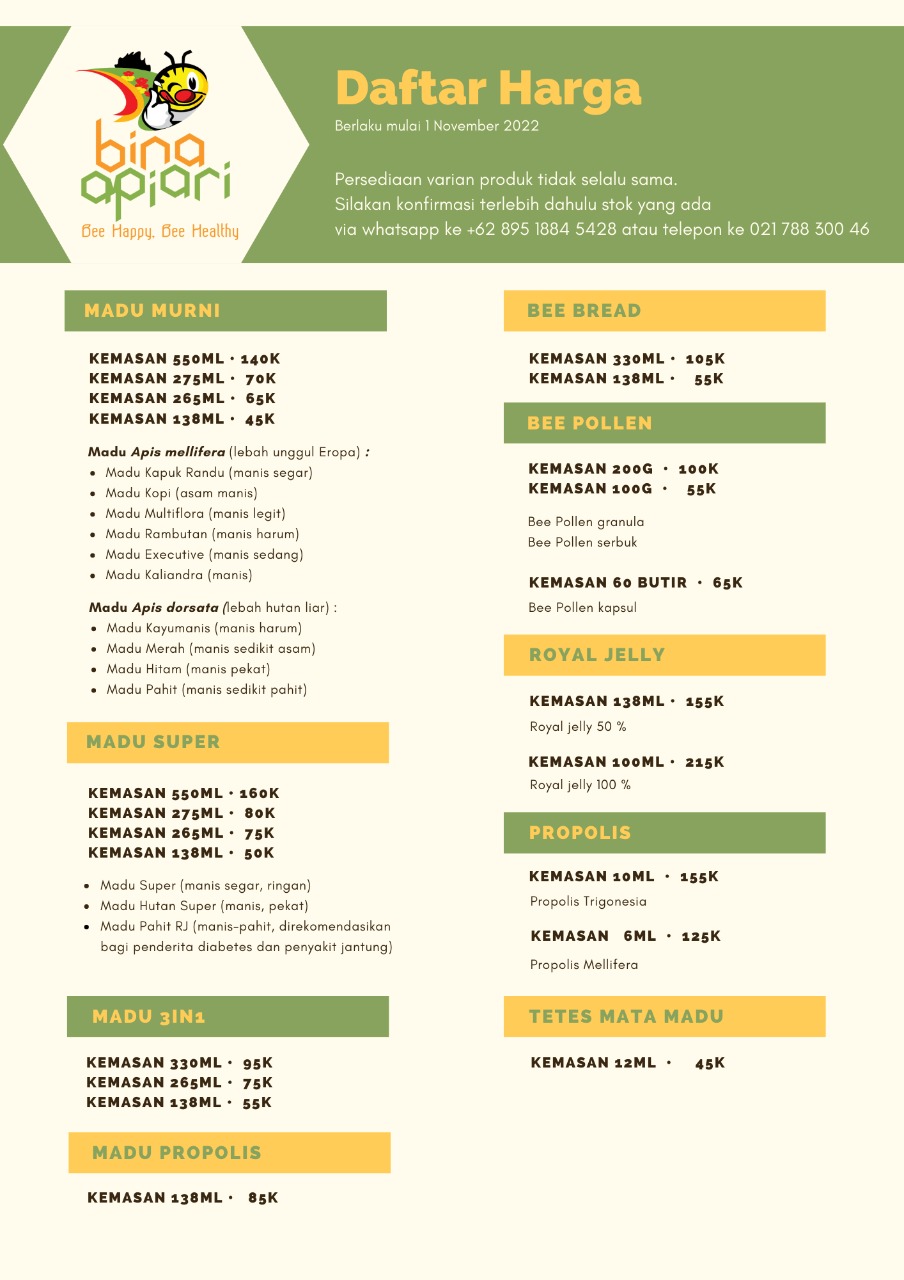The National Honey Board has taken on a daunting task, defining honey! It may come as a revelation to some that honey has had no official definition. On further reflection, however, it is not surprising. Imagine trying to come to grips with an adequate description of a natural product that is infinitely variable. After a year-long discussion with industry representatives and others, the Board’s Product Research and Development Committee has “…a document that describes and defines our product.”
The actual words used in the official definition were approved October 9, 1993 and are subject to review every two years: “Honey is the nectar and sweet deposits from plants as gathered, modified and stored in the honeycomb of honey bees.” That’s not all of course; several honey categories and other considerations are also discussed in the three-page definition document. These include honey composition, types of honey, designation of honey sources, forms of honey, honey products, grading and methods of analysis.
Composition of honey is perhaps the most problematic topic to deal with in defining the product. Given this fact, the Honey Board has chosen to list an average, range and standard deviation for major constituents. The standard deviation is an estimation of how variable each specific item is. The higher the number, the more difference that can be found among various kinds. The
standard deviations themselves show a large range from 70.9 (total protein is extremely variable) to 0.126 (fructose/glucose ratio is more consistent). The following are the actual numbers:
| Average | Range | Standard Deviation
=========================|==========|================|===================
Fructose/Glucose Ratio | 1.23 | 0.76-1.86 | 0.126
Fructose,% | 38.38 | 30.91-44.26 | 1.77
Glucose,% | 30.31 | 22.89-40.75 | 3.04
Minerals (Ash),% | 0.169 | 0.020-1.028 | 0.15
Moisture, % | 17.2 | 13.4-22.9 | 1.46
Reducing Sugars, % | 76.75 | 61.39-83.72 | 2.76
Sucrose, % | 1.31 | 0.25-7.57 | 0.87
Total Acidity, meq/kg. | 29.12 | 8.68-59.49 | 10.33
True Protein, mg/100g. | 168.6 | 57.7-567 | 70.90
Although the percentage of fructose and glucose constituents are about the same in honeys, glucose is more variable with a standard deviation of 3.04 as opposed to fructose’s 1.77. Fructose is the major sugar component which provides the extreme sweetness in honey. This sugar also reduces possible crystallization in the product; Florida tupelo honey is well known for its high fructose content and tendency not to “sugar.” The percentage of sucrose in honey has a larger range than might be expected. Citrus honey from Florida has been rejected in some international markets because of its relatively high sucrose content, which is also thought to promote crystallization. Obviously, some honeys are much more proteinaceous than others. Perhaps this will result in some interesting claims by producers in response to the well-known declaration that honey is nothing more than carbohydrate!
Of all the numbers presented above, those with reference to percentage of water are perhaps most significant to honey judges. The standard for moisture content in honey shows has traditionally been 18.6%. Does the upper bound shown in the official definition (22.9%) mean that judges will have to accommodate honey in shows with what heretofore was considered an unacceptably high moisture content? In any case, this information will require changes in ENY 129 “Honey Judging and Standards” and ENY 130 “Moisture in Honey,” available from this office in limited supply. The official definition does incorporate current U.S. standards and grades of extracted and comb honey which are quoted at length in the above fact sheets.
Malcolm T. Sanford
Bldg 970, Box 110620
University of Florida
Gainesville, FL 32611-0620
Phone (904) 392-1801, Ext. 143
FAX: 904-392-0190
BITNET Address: MTS@IFASGNV
INTERNET Address: [email protected]
(via “Jim Ellingson”


